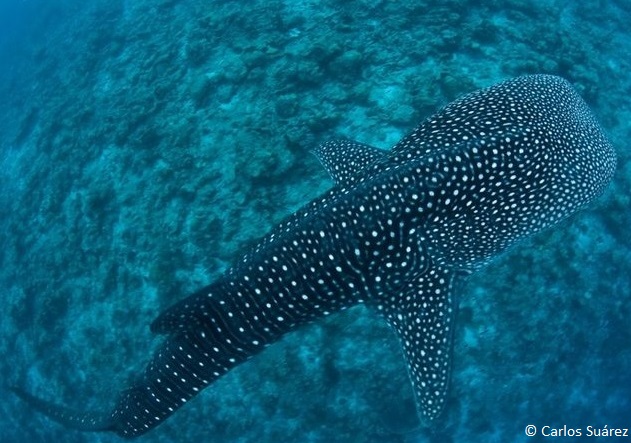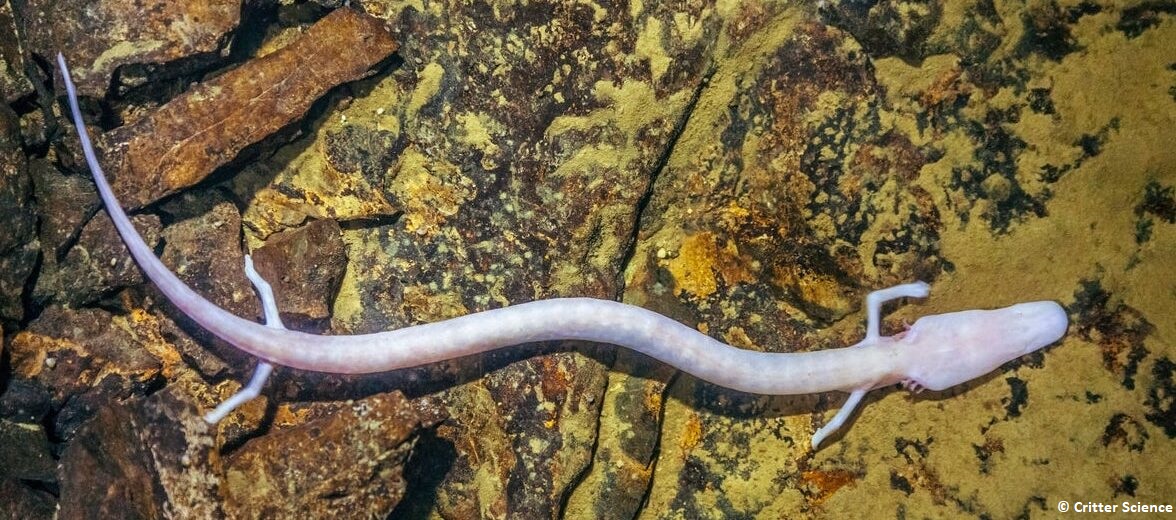A lot more than you might think.
I’m sure everyone has looked at an animal and admired it for its striking colours or unique patterns, but I assure you they haven’t evolved that way just for our enjoyment.
Species colouration has been researched by biologists for centuries, even Aristotle wrote about an octopus which was able to change colour to blend into the background when threatened. From years of research looking into colouration we now know there are several reasons why species have evolved the colours they have.
Let’s start with the predator-prey relationship. Blending into their surroundings is often a species’ best defence against becoming someone else’s lunch! Many EDGE species, including the red panda, kakapo and whale shark, use colouration for camouflage, protecting them against predators.
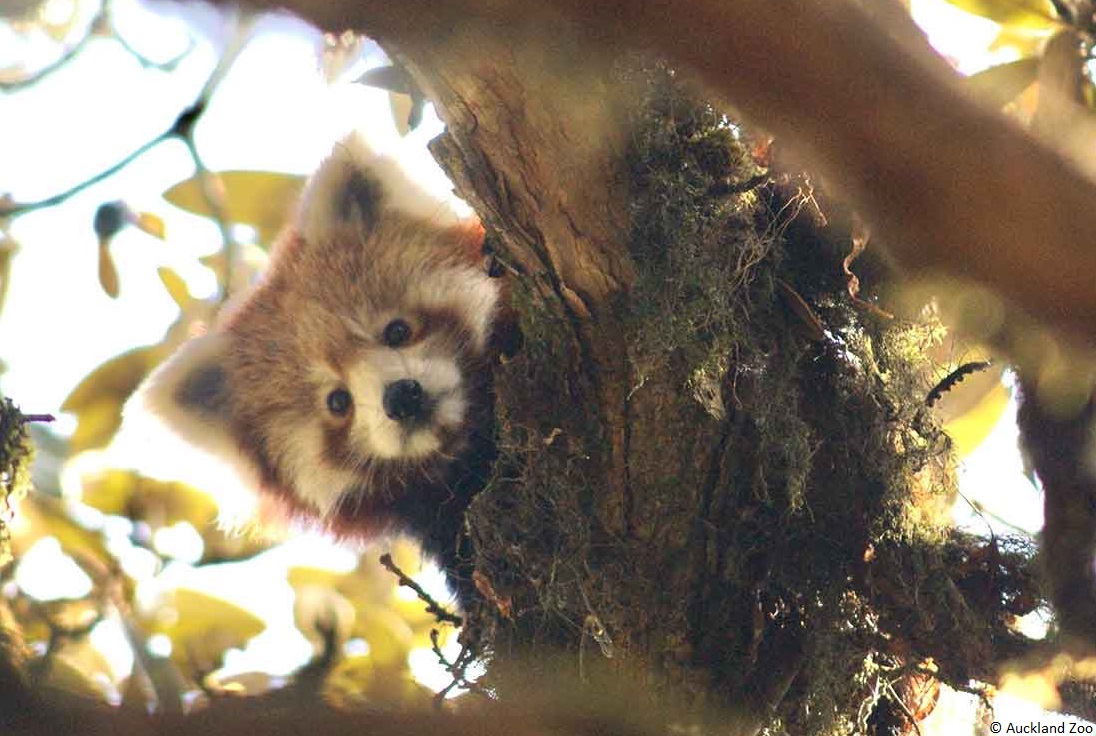
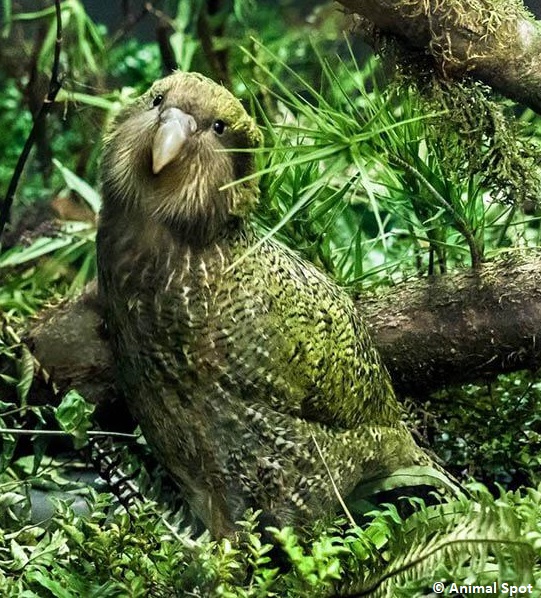
Next we have aposematism which is effectively the opposite of camouflage, and known as warning colouration. Species that use aposematism are usually brightly coloured and poisonous or venomous.
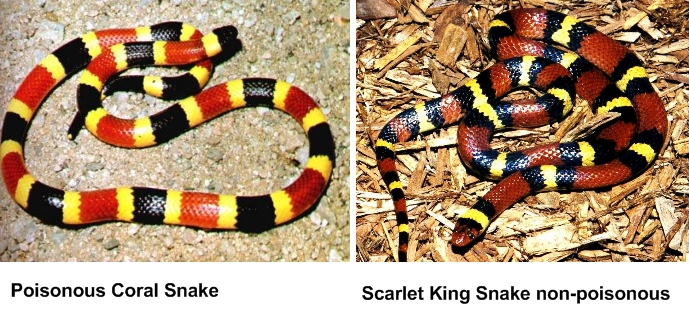
They want to be noticed, remembered, and then avoided because the predator sees them as dangerous. Aposematism refers to species signalling their predators to stay away, as a benefit to both species.
Linked to aposematism, is mimicry: this is where one species resembles another closely enough to deceive predators. To survive, the mimicked species must evolve the warning coloration of a dangerous species. They then appear to look harmful to a predator which puts them off. They aren’t usually dangerous, so this use of colours is a bluff, even animals can be tricksters.
Colouring can also be used in the startle or dazzle effect to escape predators. The startle effect is where a species has a repertoire of threatening or startling behaviour, such as suddenly displaying conspicuous eyespots, or patches of bright and contrasting colours. This is used to scare off or momentarily distract a predator giving the prey an opportunity to escape. The dazzle effect is when a species is marked with high-contrast patterns helping to confuse their predators during a chase. For example, when zebras run as a herd, their bold stripe pattern makes it difficult for predators to estimate the speed and direction of the zebras accurately, or to identify individuals, giving the prey an improved chance of escape.
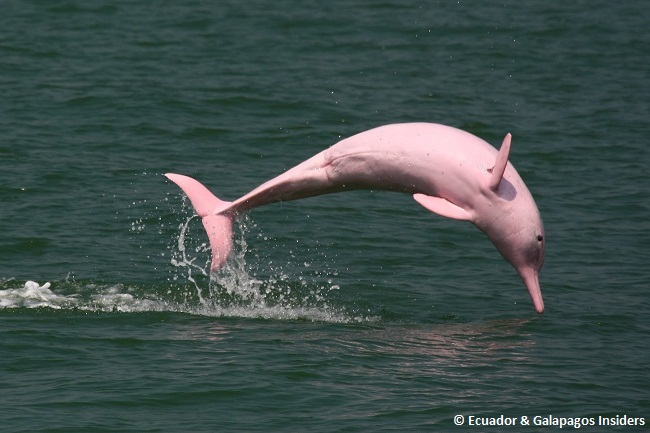
Some species use colour for physical protection, with pigments such as melanin in their skin, eyes and fur to protect themselves against sunburn. The Sumatran orangutan have adapted to strong sunlight by developing dark brown eyes, whereas some frogs can lighten, or darken, their skin for temperature regulation.
Species can also be coloured incidentally. An interesting example of this would be an EDGE species called an olm. Largely colourless with no pigmentation (as colour has no function in their cave habitat) they do show some red traces because of the haem pigment in their red blood cells, which is needed to carry oxygen.
Finally, there are some cases where scientists just don’t know exactly why the species are coloured the way they are, or how they use their colouring. Just like EDGE species the purple frog, whose shiny purple hue definitely makes them unique, but their colouration remains a mystery.
As you can see colour plays a multitude of roles for different species, to entice, to camouflage, to warn and more. So, the next time you are admiring one of your favourite EDGE species, remember that colour is more than just a source of beauty, in the animal kingdom it’s a form of communication!
